Matcha - a Japanese green tea powder that was once considered a trend - has now become an "institution" on the menu of many Vietnamese F&B chains. For over a year, matcha has been continuously "making waves" in the Vietnamese market, from matcha drinks, matcha lattes to matcha cakes, ice cream...
Matcha fever
The matcha fever once made young people spread the joke "Forget buying a house to drink matcha", causing a storm on social networks.
According to MobilityForesights, the matcha market size in Vietnam in 2025 is estimated to reach 340 million USD. With a high compound growth rate, the market could reach 500 to 780 million USD by 2030. Even the most conservative scenario shows that Vietnam will reach the half-billion USD mark by 2030, thanks to the strong expansion of F&B chains and the trend of preferring convenient, healthy products.
Matcha is therefore becoming a billion-dollar game, from suppliers to F&B units. According to the Metric.vn data platform, from January 2024 to June 2025, sales of matcha-related products on e-commerce platforms reached 226.4 billion VND, with 2.8 million products sold. Matcha powder alone for mixing accounts for 170 billion VND. At some points, revenue from matcha reached 25 billion VND in just one week.
Vietnamese consumers are also not hesitant to spend. Many young people are willing to pay 140,000-150,000 VND for a cup of matcha at a shop, or buy premium matcha powder to mix at home. iPOS's survey shows that many people are willing to pay an extra 10,000-20,000 VND for better quality matcha.
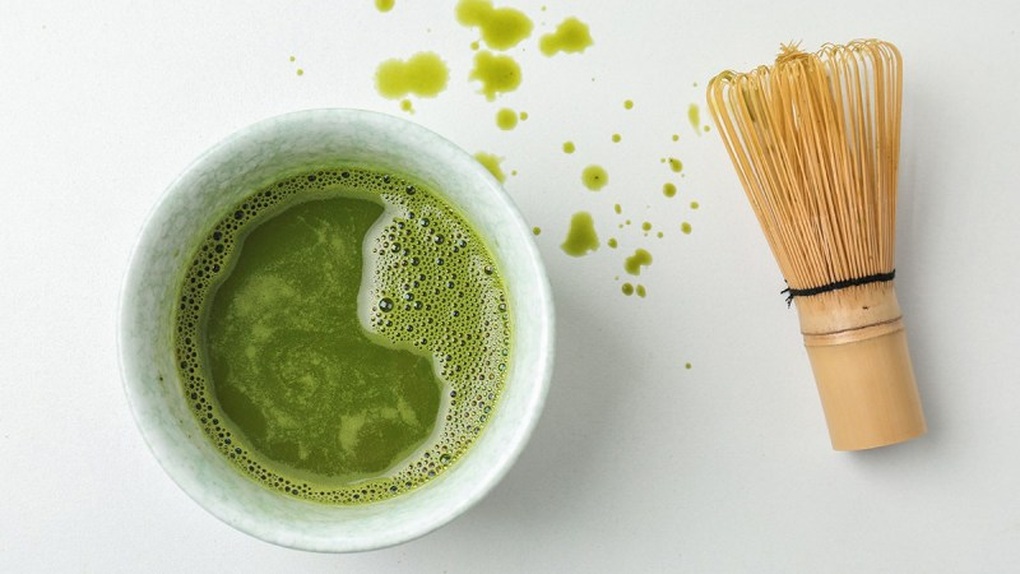
Increased demand and reduced supply due to weather pushed matcha prices to a record high (Photo: DT).
Demand increases, supply decreases due to weather, matcha price hits record
While demand is rising both in Vietnam and globally, the supply of raw materials from Japan - the country with the largest market share - is under unprecedented pressure. According to the Japan Tea Association, the price of raw materials Tencha (tea leaves used to make matcha) in Kyoto increased by 170% to 8,235 yen/kg (about 57 USD/kg) in the May auction, far exceeding the record set in 2016.
The main reason is climate change: Japan experienced a record-breaking hot summer in 2024, causing tea production to plummet. Although many farmers switched to Tencha, the five-year cultivation cycle meant production could not increase immediately.
The Japanese government has considered subsidies to expand Tencha cultivation. However, this type of tea requires special shelter and a lot of manual labor, in a context of agricultural shortages and rising labor costs.
As a result, many major brands in Japan such as Ito En have had to increase prices by 50-100% for some matcha products. Some retail stores in Tokyo have even had to limit purchases to avoid speculation and shortages.
In Vietnam, 45.3% of F&B businesses have had to increase product prices (according to iPOS's Vietnam F&B market report for the first half of 2025). Especially in the low-end and mid-range segments - where customers can easily switch to alternatives - price increases always pose a risk of losing customers.
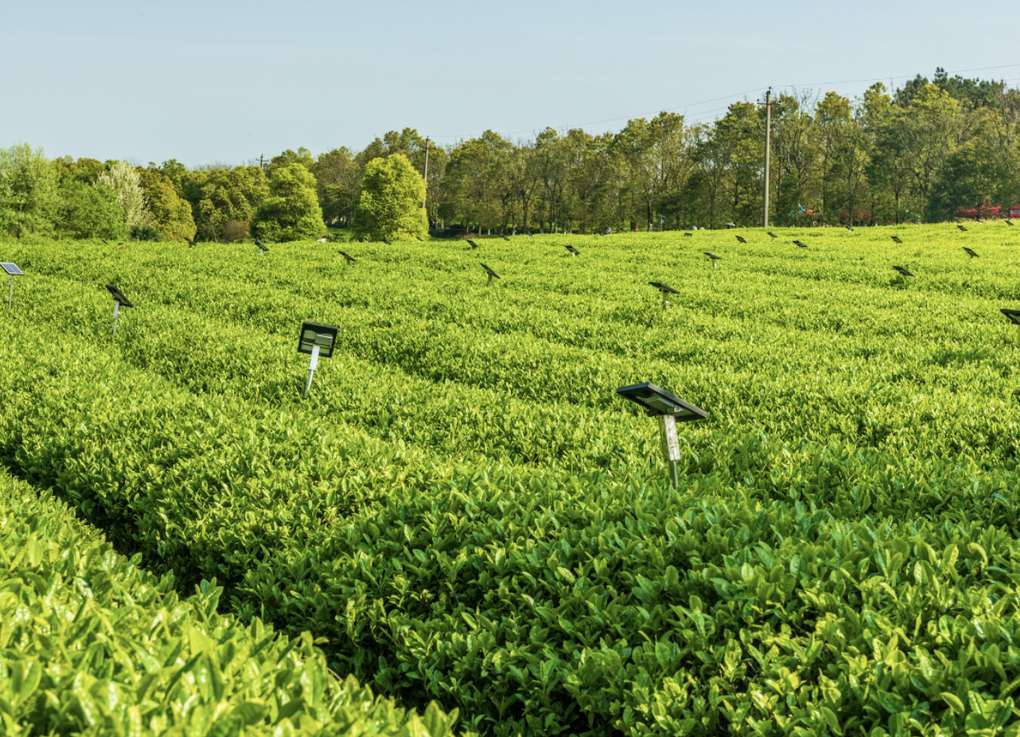
China jumps into matcha war with Japanese supplier (Photo: DT).
China jumps into the “matcha war”
To reduce dependence on Japanese goods, some F&B stores have started experimenting with matcha from Taiwan and China. On e-commerce platforms, Taiwanese products have achieved sales of 12 billion VND in a year and a half, thanks to the advantage of low prices.
Many large enterprises such as Katinat and Oishi Deli Vietnam are said to have imported matcha from Guizhou (China) to replace Japanese ingredients. According to a representative of Oishi Deli Vietnam, diversifying supply sources helps enterprises reduce the pressure on raw material costs. “Matcha from Guizhou has the same quality, and the cost is about 1/3 cheaper. The color, smoothness and characteristic grain flavor are not too different,” said the company’s expert.
Guizhou is now China’s number one matcha exporting province, ranking third in the world in terms of output, supplying more than 40 countries and regions. This expansion is helping China aim to produce 5,000 tons of matcha by 2025, accounting for about 60% of global output.
The trend of shifting to Guizhou matcha supply or other markets such as Vietnam is expected to continue if climate and production constraints in Japan persist.
Source: https://dantri.com.vn/kinh-doanh/matcha-dot-chay-thi-truong-fb-viet-nam-cuoc-choi-ty-usd-hinh-thanh-20251118113214984.htm








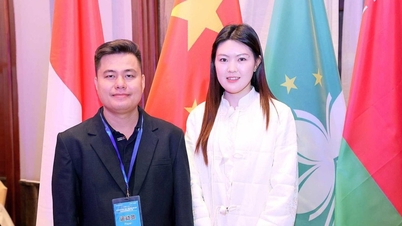





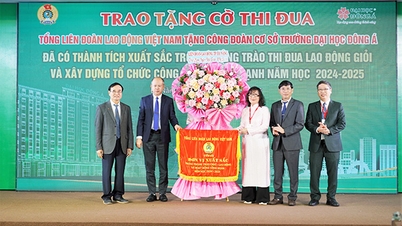





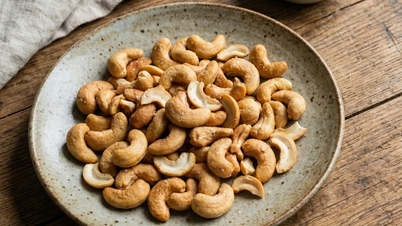


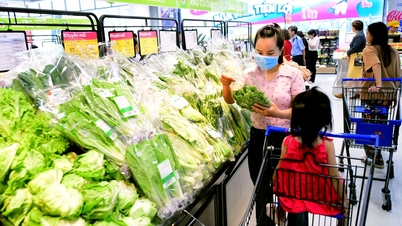

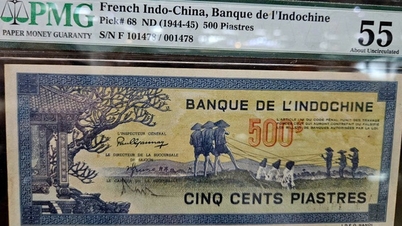


















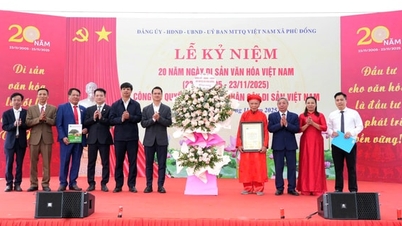




































































Comment (0)